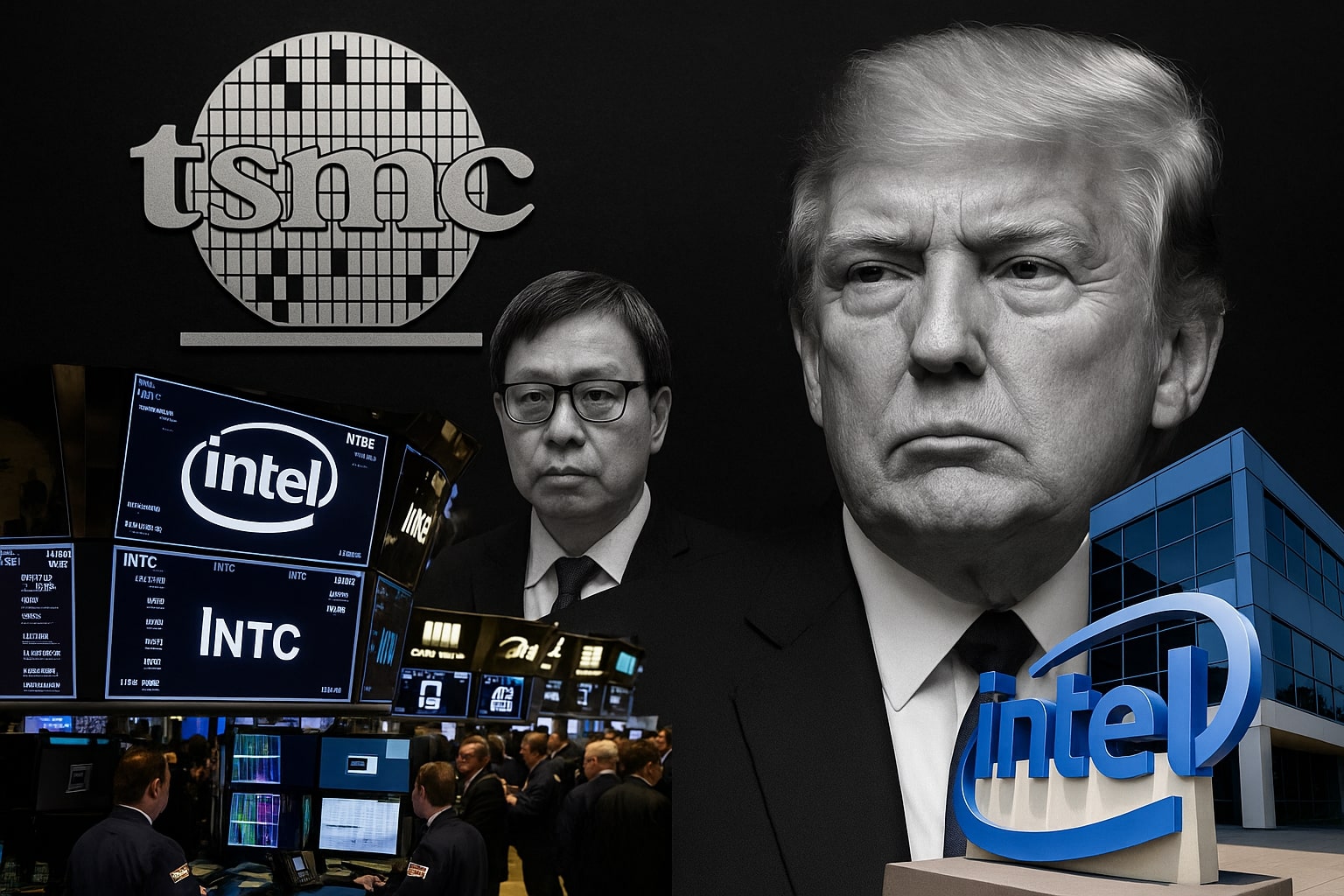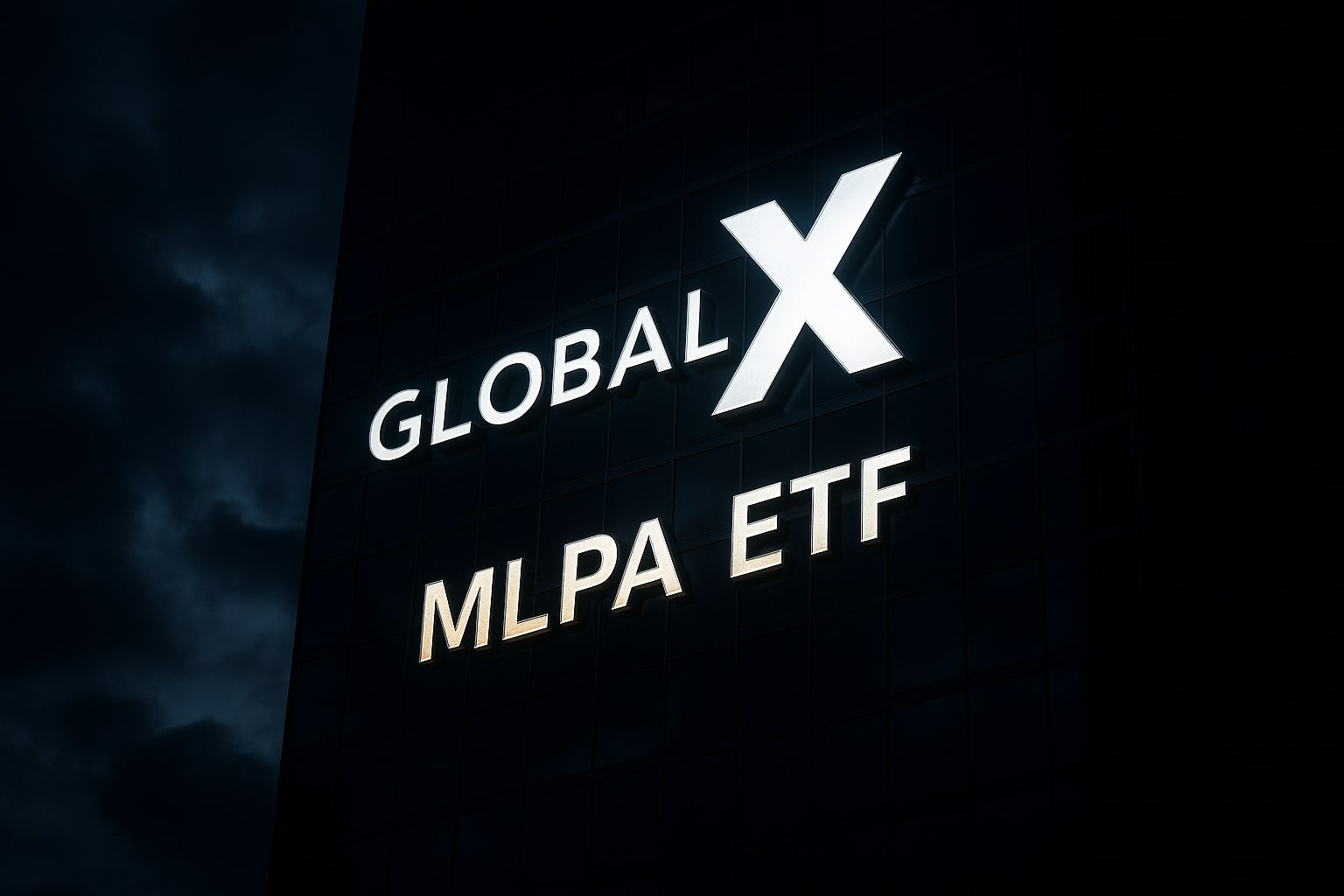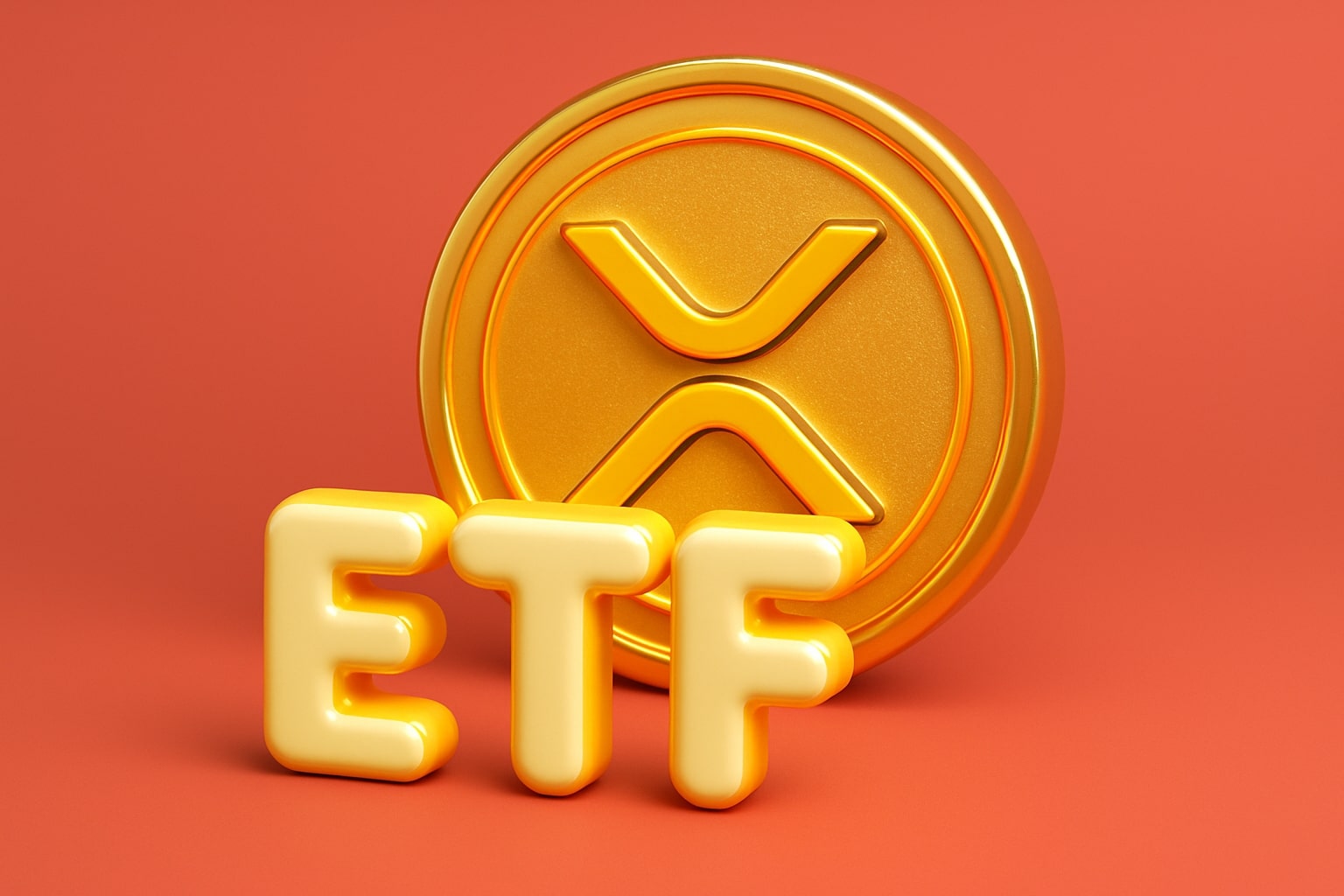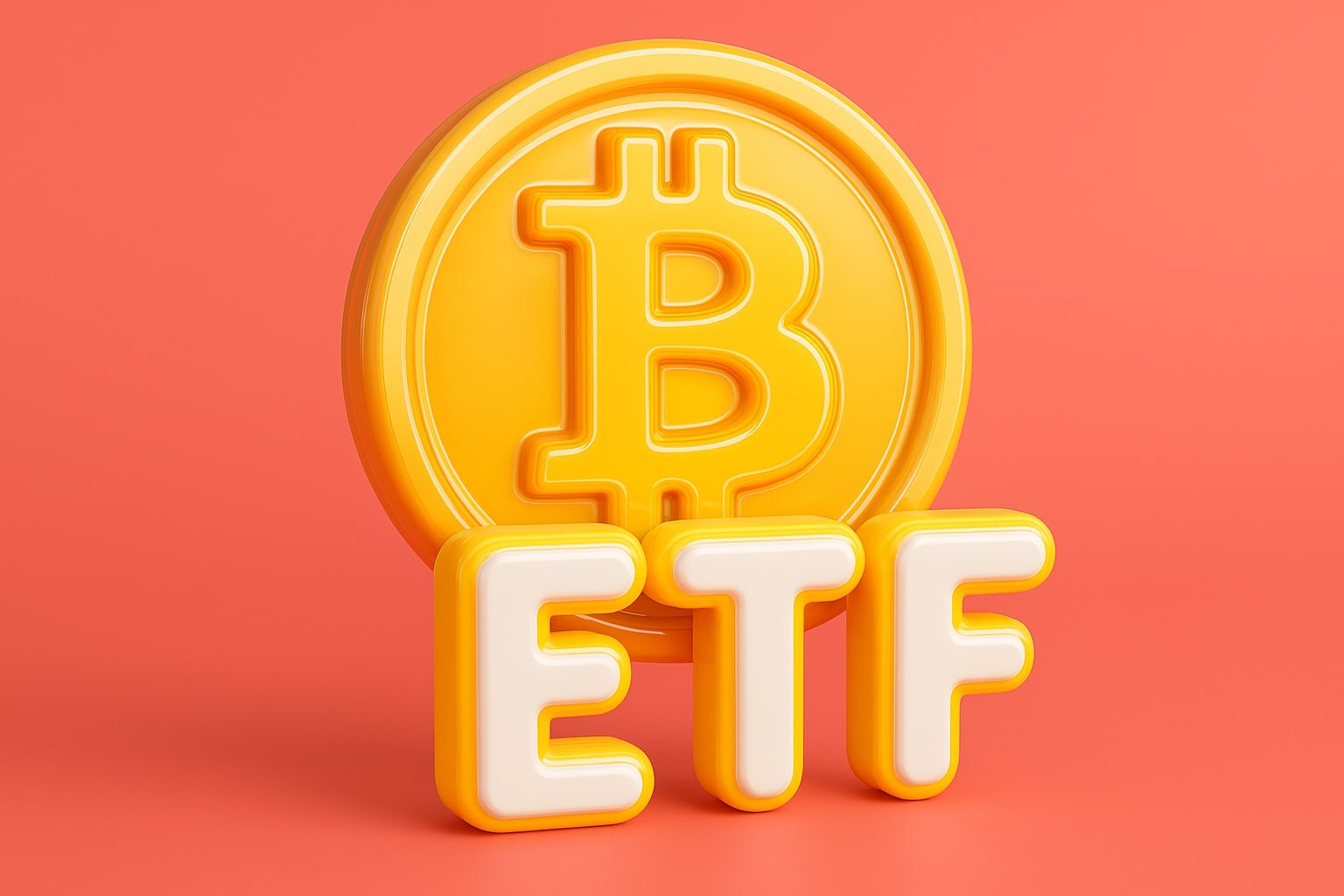
Intel Stock Price Forecast - INTC Stock Rockets to $36 on $16B Backing, Nvidia Partnership, and Trump’s Tariff Shield
NASDAQ: INTC climbs 6.08% as Washington takes 10% stake, Nvidia invests $5B for AI CPU deal, and SoftBank adds $2B; investors eye $40–$43 upside while non-core asset sales and $18B CapEx cut reshape Intel’s turnaround | That's TradingNEWS
Intel (NASDAQ: INTC) Explodes to $36 as $16 Billion Capital Infusion and AI Partnerships Redefine Outlook
The stock price of Intel (NASDAQ: INTC) surged to $36.06, up 6.08% in a single session, extending its extraordinary rebound of nearly 80% year-to-date. The rally is being fueled by a historic wave of investments and political backing that is rewriting Intel’s role in the global semiconductor landscape. From Washington’s equity stake to Nvidia’s $5 billion partnership and SoftBank’s injection of capital, the company is no longer viewed as a laggard but as a national champion positioned at the intersection of AI, geopolitics, and industrial reshoring.
Trump Administration’s Tariff Strategy and Federal Stake Make Intel a Strategic Anchor
President Trump’s push for domestic manufacturing has made Intel the centerpiece of U.S. semiconductor policy. The administration took a 10% equity stake worth $8.9 billion, giving the federal government a direct seat at the table. Simultaneously, Trump is pressing for new tariffs on chipmakers who manufacture more abroad than at home, forcing a one-to-one production ratio. Companies failing to meet this threshold face stiff penalties. Intel, with $58 billion worth of fabs concentrated in the U.S. and Europe, is uniquely suited to thrive under these new rules, setting it apart from fabless peers like AMD and Nvidia that rely heavily on TSMC and Samsung. This political moat is a key driver of Intel’s rerating, pulling shares from a 52-week low of $17.67 to $36.30 in just months.
Nvidia’s $5 Billion Bet and AI Partnership Unlocks $100 Billion Market Opportunity
Perhaps the most transformative event came when Nvidia (NASDAQ: NVDA) announced a $5 billion investment in Intel, taking a 4.3% ownership stake while confirming a new alliance that redefines both firms’ roles in the AI ecosystem. Intel will design custom x86 CPUs for Nvidia’s AI data centers, targeting a $25–$50 billion annual revenue stream. At the same time, Intel will integrate Nvidia RTX GPUs into AI-focused PCs, reclaiming market share from AMD in consumer computing. Nvidia’s CEO Jensen Huang called Intel’s CPUs a cornerstone for Nvidia’s rack-scale systems, cementing Intel’s future relevance in the AI arms race.
SoftBank Adds $2 Billion While Other Giants Signal Confidence in INTC
On top of U.S. government and Nvidia inflows, SoftBank (TYO: 9984) injected $2 billion into Intel to support its turnaround and solidify its balance sheet. Together, these moves amount to $16 billion in new capital raised in less than a quarter, a staggering show of confidence in CEO Lip-Bu Tan’s strategy. Intel is also in discussions with Apple (NASDAQ: AAPL) and Taiwan Semiconductor (NYSE: TSM) for further collaboration, signaling that the company’s assets and capacity are becoming central to reshaping global chip supply chains.
Read More
-
MLPA ETF (NYSEARCA:MLPA) Holds $49.09 With 7.71% Yield And Rising Midstream Revenues Signal Further Upside
30.11.2025 · TradingNEWS ArchiveStocks
-
Ripple’s XRPI And XRPR ETFs Rise As XRP Hits $2.19 With $164 Million In ETF Inflows And 29% Supply Drop
30.11.2025 · TradingNEWS ArchiveCrypto
-
Natural Gas Price Forecast (NG=F) Breaks Higher Above $4.85 As Cold Weather and Record LNG Exports Drive a Bullish Winter Setup
30.11.2025 · TradingNEWS ArchiveCommodities
-
USD/JPY Price Forecast - Dollar to Yen (¥156.70) Surges Toward ¥160 as Japan’s Finance Chief Warns of Speculative Yen Moves
30.11.2025 · TradingNEWS ArchiveForex
CEO Lip-Bu Tan’s Restructuring: Monetizing Non-Core Assets and Cutting CapEx
Lip-Bu Tan, who took over in March 2025, has embarked on a sweeping restructuring to stabilize Intel’s finances. He has overseen the sale of a 51% stake in Altera to Silver Lake Partners for $4.4 billion, a $920 million Mobileye secondary share offering, and the completion of a $2 billion NAND business sale to SK Hynix. These moves have already lowered CapEx guidance from $23 billion to $18 billion this fiscal year, with CFO David Zinsner confirming that gross and net CapEx will continue falling into 2026. Operating margins, currently dragged by loss-making divisions, are expected to rise as Intel sheds weaker units and focuses capital squarely on AI and foundry operations.
Financial Reality: Losses Persist But Balance Sheet Strengthens
Intel’s latest numbers highlight the scale of its challenge. For the trailing twelve months, the company reported $53.07 billion in revenue, a net loss of $20.5 billion, and a profit margin of -38.6%. EPS sits at -4.77, and levered free cash flow remains negative at -8.32 billion. Despite this, cash reserves stand at $21.2 billion, giving Intel room to maneuver, especially with the infusion of non-dilutive capital. Debt-to-equity is 48%, a manageable level given the fresh injections. The market is valuing future recovery, with a forward P/E of 51.55 that reflects anticipated growth in AI and foundry earnings rather than present profitability.
Institutional Sentiment, Insider Activity, and Market Performance
Intel’s stock is widely held by institutions, with 65.27% ownership, while insiders control just 0.08%. Short interest is modest at 2.17% of float, down from 107.6 million shares short in August to 101.5 million in mid-September. Investors who bought at the lows have seen staggering returns, with INTC up 79.85% YTD and 50.75% over the past year, compared to just 12.87% for the S&P 500. Insider transactions, which can be tracked on Intel’s profile, remain limited but signal cautious confidence.
Technical Picture: Momentum Clears $36, Eyes $40–$43 Range
From a technical perspective, Intel (NASDAQ: INTC) has broken out aggressively above its moving averages, with the 50-day average at $23.89 and the 200-day at $21.94, reflecting how far the stock has moved. The breakout above the prior ceiling of $34.50 has opened the door to a test of $40–$43, aligning with analyst high-end targets. Immediate downside support lies at $34, with a secondary floor at $30. Momentum indicators remain strong, suggesting Intel could consolidate gains before another leg higher.
Intel’s Strategic Value as America’s Semiconductor Fortress
Geopolitics has elevated Intel into an indispensable position. As the only scaled semiconductor manufacturer in the West, Intel offers an alternative to Asia’s TSMC and Samsung at a time when Taiwan faces escalating security risks. Amazon and Qualcomm are early adopters of Intel’s foundry services, and Nvidia’s deal increases the odds that other U.S. giants like Apple and Tesla will follow. Intel’s fabs are not just industrial assets—they are strategic defense infrastructure, and investors are repricing the stock accordingly.
Investment Verdict on INTC
At $36.06, Intel is no longer a cheap turnaround bet but a geopolitical and AI-backed growth story. With $16 billion in new capital, Nvidia’s partnership validating its AI roadmap, and tariffs protecting its domestic production, the risk/reward has tilted in bulls’ favor. While losses remain steep and execution risks loom, the stock’s breakout and institutional backing make the case compelling. Based on the weight of evidence, Intel (NASDAQ: INTC) is a Buy, with near-term upside to $40–$43 and longer-term potential fueled by AI-PC integration, foundry expansion, and U.S. industrial policy support.


















